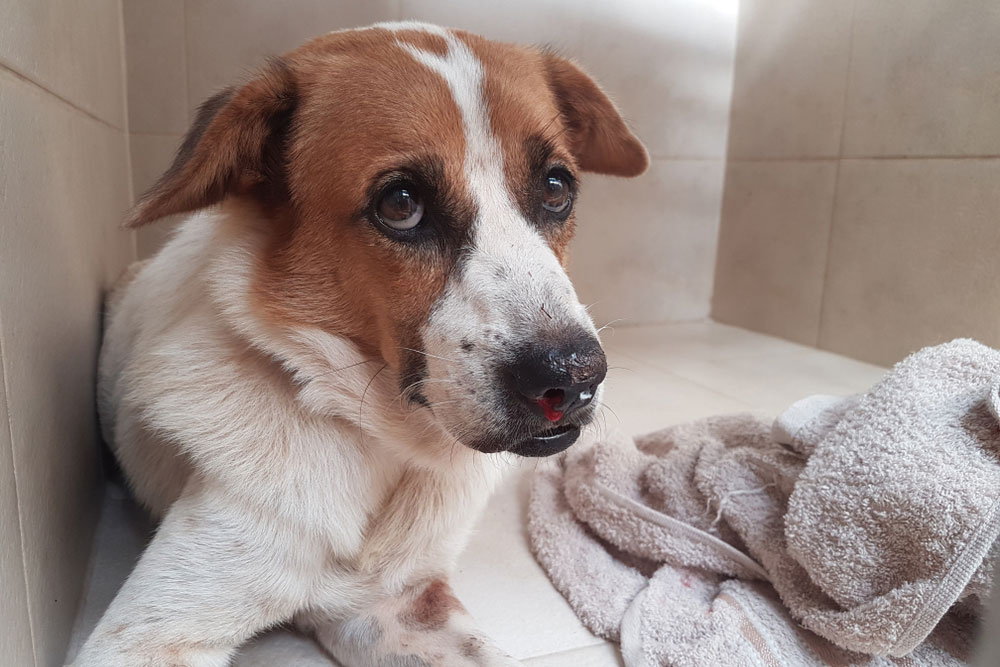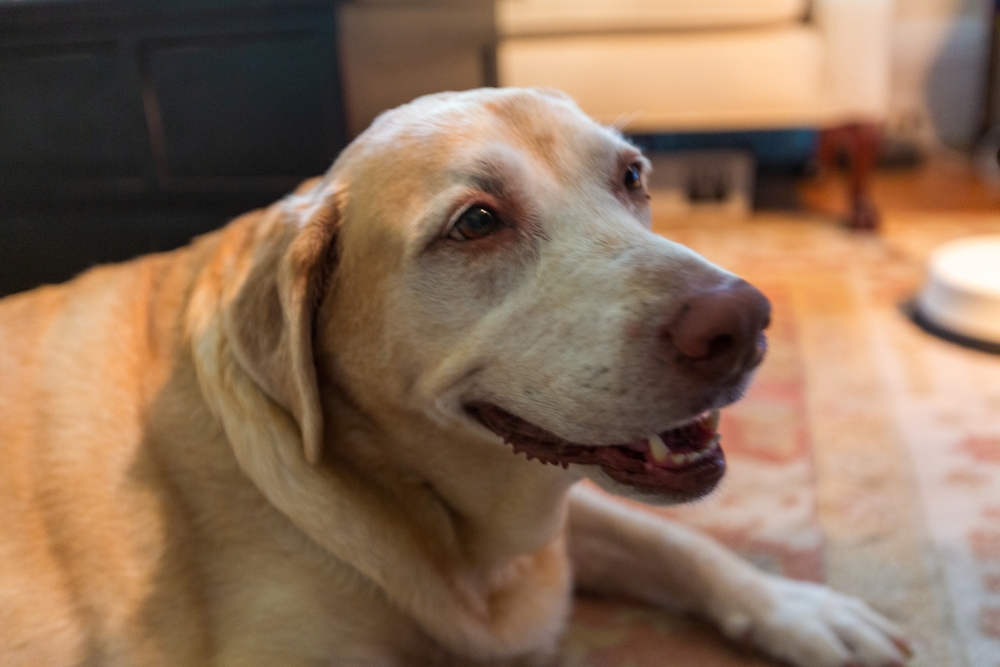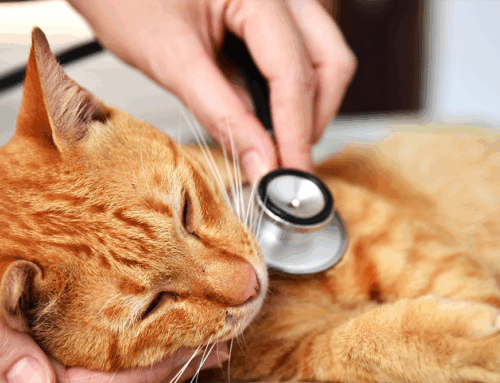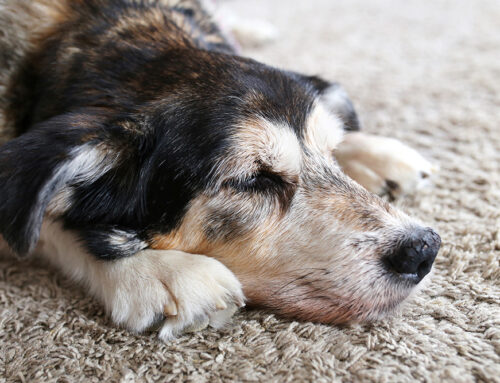Mammary Tumors in Pets: How Surgery Can Save Lives
Discovering a lump on your dog or cat’s belly can be alarming. Is it cancer? What should you do next? At Veterinary Emergency and Specialty Center of Northern Arizona, our skilled surgeons perform mastectomies to remove mammary tumors, offering pets the best chance for recovery. With expert care and advanced diagnostics, we help families navigate this stressful time with confidence.
When pet owners find unusual lumps or masses on their dog or cat, concerns about cancer are natural. Mammary tumors are among the most common types of cancer in female dogs and cats. However, early detection and prompt surgical intervention can significantly improve outcomes. Understanding these tumors, recognizing warning signs, and knowing when surgery is necessary empowers pet owners to make informed decisions about their pet’s health.
Understanding Mammary Tumors in Pets
What Are Mammary Tumors?
Mammary tumors develop in the mammary gland tissue of dogs and cats, appearing as firm lumps or masses along the mammary chain from the chest to the groin. These growths can range from small nodules to larger masses. While both male and female pets can develop mammary tumors, they occur predominantly in unspayed females due to hormonal influences.
Distinguishing between benign and malignant tumors is crucial for guiding treatment. Benign tumors grow slowly and remain localized, while malignant tumors can invade surrounding tissues and metastasize to lymph nodes, lungs, or other organs. In dogs, approximately 50% of mammary tumors are malignant; in cats, about 85–90% are malignant. This makes mammary cancer in pets especially concerning for cat owners.
Signs and Symptoms to Watch For
Monthly at-home checks are essential for early detection. Gently palpate your pet’s mammary glands for new lumps, bumps, or changes in texture. Early signs include small, firm nodules that may be movable. As tumors progress, they may become larger, harder, or fixed.
Other warning signs include swelling or inflammation, skin changes over the mammary tissue, nipple discharge, or discomfort when touched. The absence of pain does not mean a mass is benign. Professional evaluation is crucial for any mammary lump.
The Role of Mastectomy in Treatment
Why Surgery is Often Necessary
Mastectomy, the surgical removal of mammary gland tissue, is the gold standard for treating mammary tumors in pets. Surgery aims to remove the tumor, prevent local spread, and obtain tissue for histopathology. Chemotherapy or radiation may support treatment but generally do not replace surgery for primary tumor control.
The extent of surgery depends on tumor size, location, and suspected malignancy. A simple mastectomy removes individual glands; a radical mastectomy removes the entire chain on one side. Cats, given the higher malignancy rate, often benefit from more aggressive surgery.
What to Expect During the Procedure
A pre-surgical workup assesses overall health and potential spread. At our facility, we utilize Northern Arizona’s only CT scanner to provide detailed imaging that guides surgical planning and identifies metastatic disease. Blood work, chest X-rays, and sometimes abdominal ultrasound complete the evaluation.
Surgery is performed under general anesthesia with careful monitoring. Our experienced team at the Veterinary Emergency and Specialty Center of Northern Arizona prioritizes complete tumor removal while minimizing surgical trauma and supporting optimal healing. Procedures typically take one to three hours, depending on scope.
Life After Surgery: Recovery and Care
Post-Operative Care
Recovery requires attentive wound care and activity restriction. Keep the surgical site clean and dry, and monitor for excessive swelling, discharge, or foul odors. Pets should wear an Elizabethan collar to prevent licking.
Limit activity for 10–14 days, avoiding running, jumping, or rough play. Short, leashed walks for bathroom breaks are usually fine. Avoid bathing and swimming until your veterinarian approves. Pain management supports comfort, and most pets adapt well after surgery.
Monitoring and Follow-Up
Recheck visits typically occur 10–14 days after surgery for suture removal and incision assessment. Longer-term monitoring may include periodic exams, chest X-rays, and blood work to watch for recurrence or metastasis.
Continue monthly mammary checks at home and report any new lumps or changes promptly. Open communication with your veterinary team ensures timely attention to concerns.
Preventive Measures and Considerations
Spaying and Neutering as Preventive Measures
Early spaying significantly reduces the risk of mammary tumors in female dogs and cats. Spaying before the first heat cycle lowers risk by approximately 99.5% in dogs. Even spaying after the first heat still offers protection, though benefits diminish with subsequent cycles. Spaying and neutering also prevents other conditions, including pyometra, a life-threatening uterine infection.
For cats, early spaying can reduce mammary tumor risk by up to 91%. Because feline mammary tumors are more often malignant and aggressive, prevention through spaying is especially important.
FAQs from Pet Owners
- Is mastectomy safe for older pets? Age alone does not rule out surgery. A thorough pre-surgical assessment determines candidacy. Many senior pets tolerate mastectomy well and enjoy improved quality of life after removal.
- Will my pet’s appearance change significantly after surgery? There will be visible changes to the mammary area, but pets adapt quickly and have no functional limitations. Cosmetic differences are typically more concerning to owners than to pets.
- What if the tumor comes back? Regular monitoring helps detect recurrence early, when treatment options are most effective. Additional surgical or medical treatments may still offer benefits.
Expert Care at Veterinary Emergency and Specialty Center of Northern Arizona
Our Commitment to Excellence
Our surgical team combines advanced training with compassionate care to deliver the best outcomes for pets facing mammary tumors. We understand the anxiety of finding a lump and guide families through diagnostics and treatment. Our advanced capabilities, including Northern Arizona’s only CT scanner, enable thorough evaluation and precise planning.
Beyond mammary surgery, our emergency and specialty services address urgent conditions such as trauma, respiratory distress, shock, and chest injuries. We also treat complex cases like fractured limbs and emergencies such as bloat, providing comprehensive care when your pet needs it most.

Empowering Pet Owners
Education empowers informed decisions. We welcome questions and offer clear explanations about diagnosis, treatment options, and expected outcomes. Our team remains available throughout treatment and recovery. For more information or to discuss your pet’s situation, please contact our team directly.
Taking the Next Step Forward
Early detection and prompt treatment of mammary tumors can be life-saving for your pet. If you’ve discovered a lump in your pet’s mammary area, noticed changes in mammary gland appearance, or if your pet shows signs of discomfort around the mammary region, immediate veterinary evaluation is essential.
Our surgical team at Veterinary Emergency and Specialty Center of Northern Arizona is ready to provide expert diagnosis and treatment using advanced imaging and surgical techniques. Call us today at 928-779-5522 to schedule a consultation.







Leave A Comment